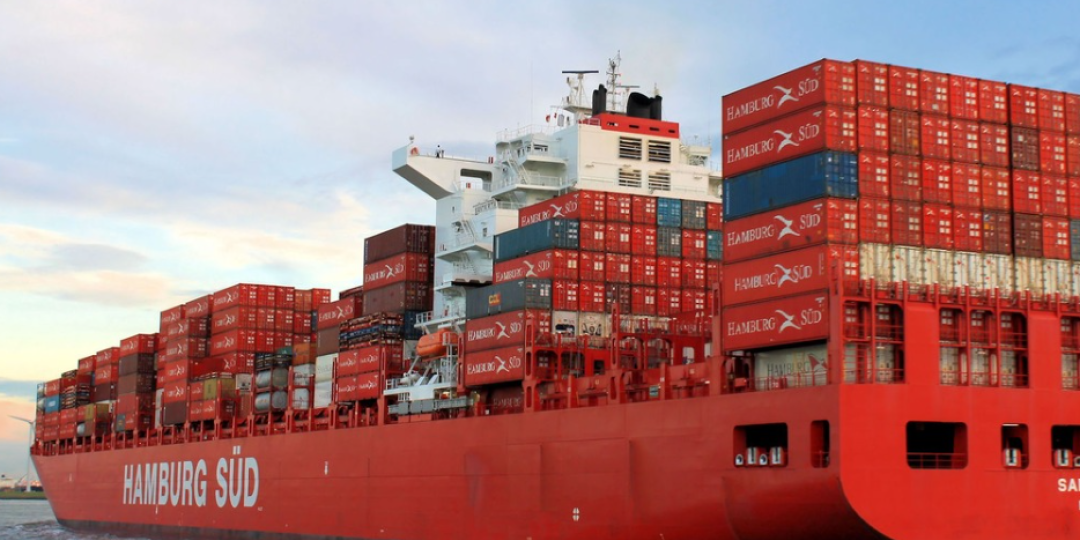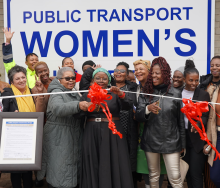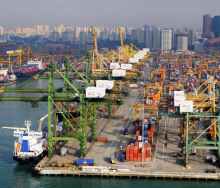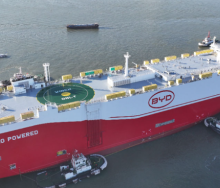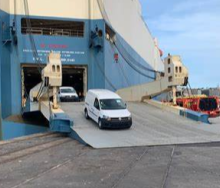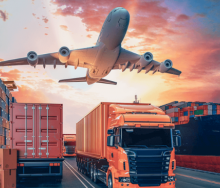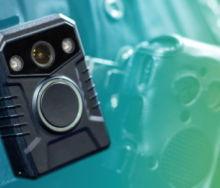Nagging quayside equipment issues in Cape Town will expectedly be eased at the end of October when the port receives seven second-hand rubber tyre gantry (RTG) cranes from Los Angeles.
Added to this is the news that the Santa Rita container vessel, which is currently being offloaded at the port, is apparently also carrying 13 RTG engines that could be used to operationalise dormant and faulty cranes that are slowing movement to the container stack.
An industry insider told Freight News: “At the moment, we still only have 15 RTGs in operation, delaying the vessel-working rate of ships like the Santa Rita.”
The source said the Hamburg Süd carrier arrived at anchorage on the 30th, but that offloading of the 7 100 TEU vessel’s 3 200-plus boxes only started on the evening of September 4.
“That’s way too slow,” the source said.
“Currently, it’s not uncommon for vessels to wait six days or more at anchorage before getting a berthing slot. It’s very bad for schedule integrity, but the lines understand that Transnet has capacity challenges.”
The source said from information she’s privy to, the Santa Rita will be worked till Monday the 10th.
“You only need to consider that with the reefer stack sitting at under 80%, three RTGs working the Santa Rita is not enough, so industry is looking forward to improved land-side capacity.
“Ship-to-shore cranes are not a problem at the moment, but if you haven’t got enough RTGs it affects your stacking speed. There are also not enough hauliers to move containers to the stack.
“However, for the time being, it’s certainly very good news that there might soon be enough RTGs and spares to speed things up.”
Seven RTGs might even mean that several of the cranes could go into reserve, she said.
Unfortunately, the often weather-bound port has been warned of inclement conditions coming in over the weekend.
“That could slow things even more.
“At the current rate, the Santa Rita may even take longer to offload than Monday’s expected departure time.
“We believe that the RTGs from LA, although 2nd hand, are equipped to handle wind speeds of 80 knots and over. That’s even more good news.”
